![]()
An anonymous hacker has leaked thousands of photos showing what Iran was like under the Qajar dynasty in the 19th century.
Radio Free Europe/Radio Liberty (RFE/RL) reports that the photographs come from the archive of Tehran’s Golestan Palace with Iranian authorities apparently unhappy about the leak.
![]()
![]()
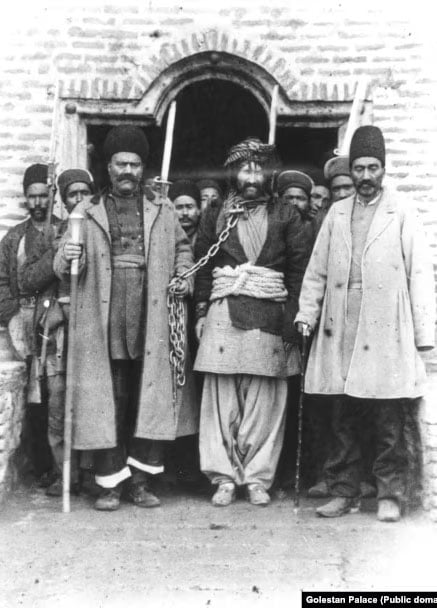
![]()
![]()
A Google Drive folder with the valuable archive was uploaded online allowing Iranians and global citizens a peek at what the country was like in the 19th-century when it was still widely known as Persia.
A historian tells RFE/RL that the authorities in Iran make it difficult for general members of the public to access these photos. “It’s as if they were trying to keep them as far from the public eye as possible,” Hamidreza Hossein tells the American radio station.
![]()
![]()
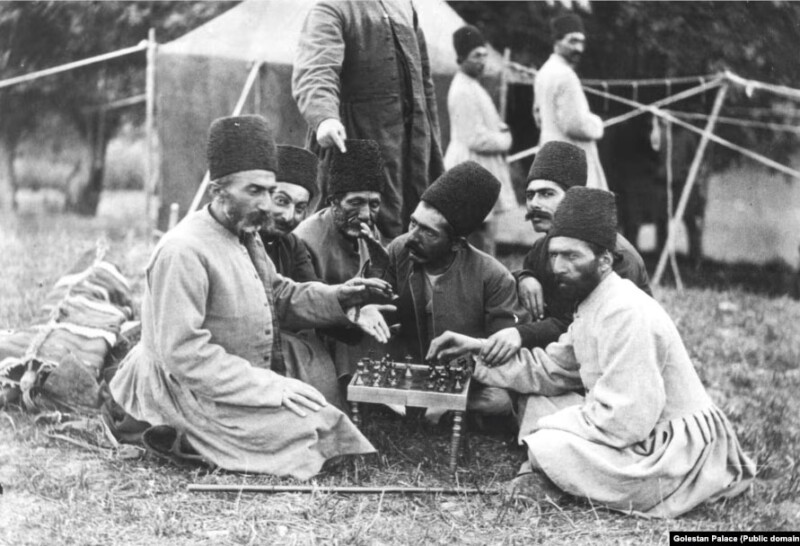
![]()
![]()
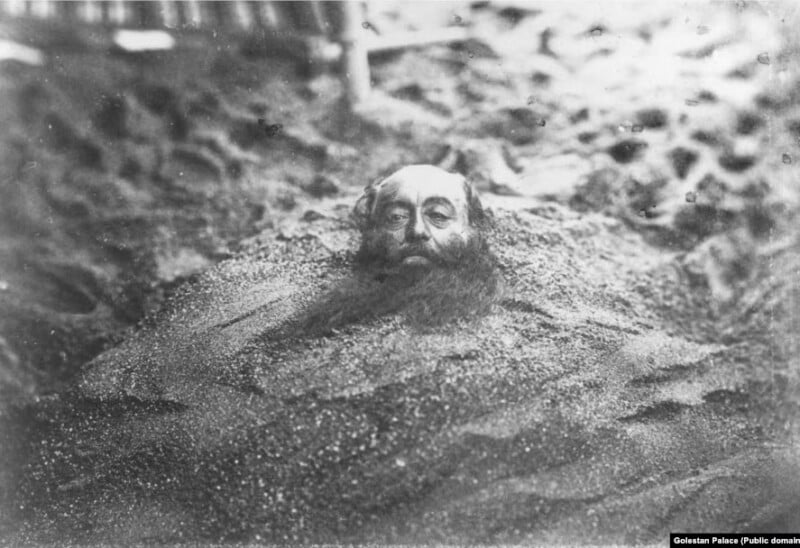
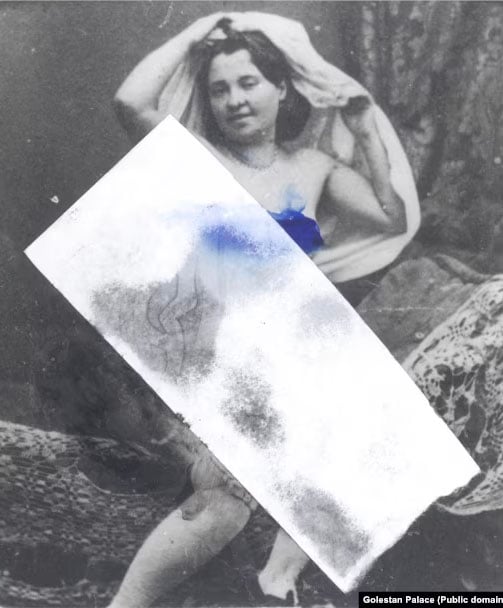
An online news portal in Iran called the anonymous hacker a “scumbag” while also criticizing Golestan Palace for its lax security.
“In all countries, publishing a museum’s treasure without permission is criminal in nature,” says Hadi Mirzaeri, the director general of the museums of the Ministry of Cultural Heritage.
However, after criticism that the archive was not available to the public, RFE/RL reports that Golestan Palace management announced that it would be publishing the photographs themselves imminently.
![]()
![]()

![]()
![]()

![]()
![]()
![]()
A Photography Shah
One of the Iranian Shahs, Naser al-Din, of the Qajar Dynasty was a patron of photography and many of the images in the archive feature him and were possibly shot by him as well.
Naser al-Din Shah reigned from 1848 until his assassination in 1896; a crucial period in the history of photography. He set up a photography studio and would often take the portraits of members of his court. The shah also traveled extensively — taking photographs of Tbilisi and Istanbul.


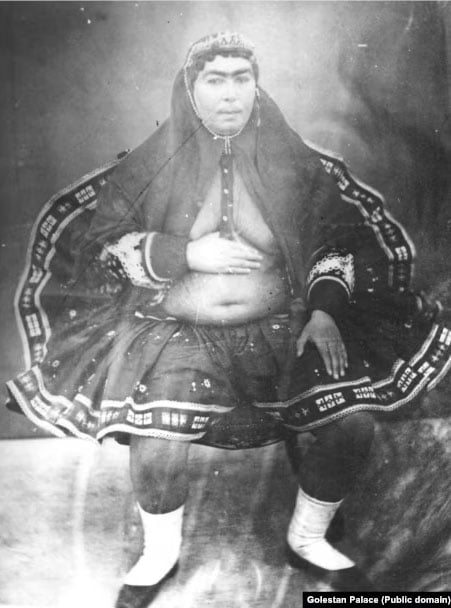
![]()
![]()
![]()
Image credits: Golestan Palace via RFE/RL.
